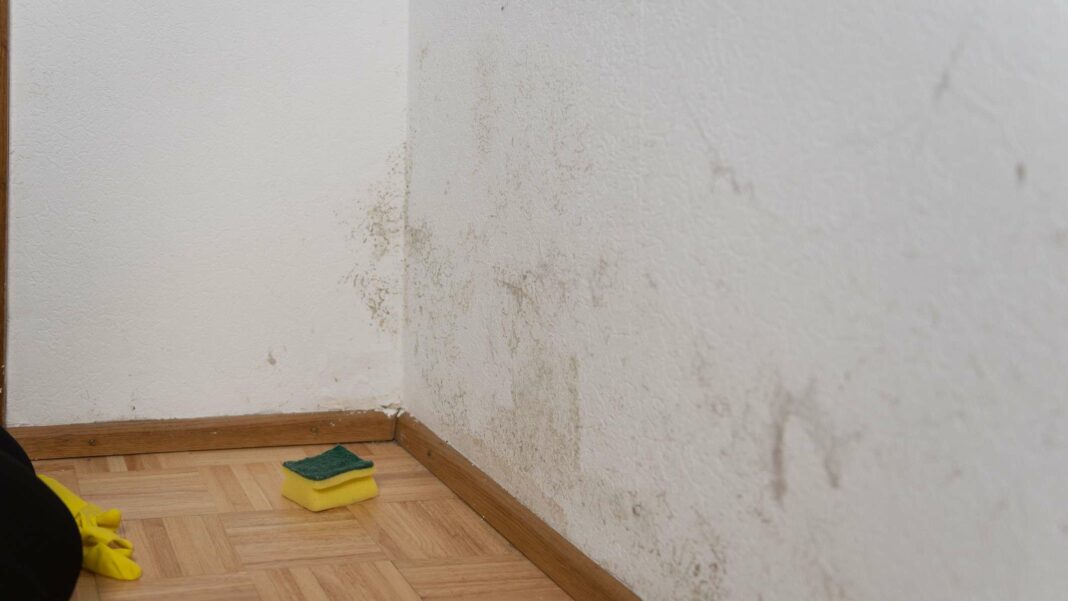Mold in homes can be concerning, and understanding its prevention and removal is crucial. Common myths include the belief that mold only arises from poor ventilation, when it can also result from moisture sources like leaks or construction flaws. Another misconception is that thermal insulation worsens mold issues; in fact, well-insulated spaces are less prone to condensation. Lastly, vinegar isn’t an effective mold remover; instead, denatured alcohol is recommended for minor issues. Proper safety measures and professional help are advised for extensive mold problems.
Combatting Mold: What You Need to Know
Finding mold in your home can be alarming. Understanding how to prevent and remove it is essential. There are several common misconceptions about mold that everyone should be aware of.
Have you ever stumbled upon mold lurking behind your furniture or in a storage space? The realization can be shocking, prompting a flurry of questions: What caused the mold? How did it appear? Most importantly, how can it be eliminated?
Many myths surround these inquiries. The Consumer Center NRW has highlighted three prevalent misunderstandings:
1. Myth: Mold Only Forms from Poor Ventilation
This notion is misleading, according to consumer protection experts. Mold thrives in environments where fungal spores find a suitable nutrient source and adequate moisture. This moisture can stem from various sources, including construction defects, storm damage, flooding, leaky pipes, damp conditions in new buildings, or thermal bridges.
Additionally, low temperatures or high humidity levels indoors can also contribute to mold growth. However, mold problems often arise from a combination of poorly insulated structures, thermal bridges, and inadequate heating and ventilation, making it challenging to pinpoint the exact cause. In many cases, simply adhering to standard heating and ventilation practices may not prevent mold in older, poorly insulated buildings.
Experts advise that when investigating mold causes, you should first inspect for potential construction or water damage. Once any issues are resolved, the mold-infested materials can be removed, and the affected areas can be dried thoroughly.
2. Myth: Thermal Insulation Causes Mold Issues
In fact, consumer advocates argue that the opposite is true.
The reason is that warm air has a greater capacity to hold moisture compared to cold air. In older buildings, mold often appears in cooler areas, such as at the corners of walls or near windows. When the air in these zones cools down, it can no longer retain excess moisture, leading to condensation on cold surfaces where mold can thrive. Conversely, if walls are well insulated and windows are properly sealed, their surface temperatures remain closer to that of the indoor air, which significantly reduces mold risk.
It’s helpful to monitor temperature and humidity levels with a thermo-hygrometer. Ideally, relative humidity should not exceed 50 percent for extended periods near surfaces.
3. Myth: Vinegar is Effective Against Mold
While vinegar is a handy cleaning agent, it is not an effective solution for removing mold from walls, according to the Consumer Center NRW.
The reason lies in the fact that on mineral plaster surfaces, vinegar’s acidity is typically neutralized. This can inadvertently provide mold with additional moisture and nutrients to grow.
If you’re dealing with a small, surface-level mold issue, experts recommend using a regular household cleaner instead. For porous surfaces like plaster, a 70 to 80 percent alcohol solution, such as diluted denatured alcohol, can be effective as it dries quickly. Remember to ensure proper ventilation and keep ignition sources away during use.
It is crucial to handle mold removal with care, using gloves and a mask. If the mold problem is extensive or has penetrated deep into the plaster, it’s best to enlist the help of professionals. Failing to address mold thoroughly can lead to continued growth or indoor air contamination.
Using Denatured Alcohol for Mold Removal
Product Information:
If you’re looking to tackle a minor, surface mold issue by yourself, consider using a standard household cleaner like denatured alcohol.
(Amazon)
